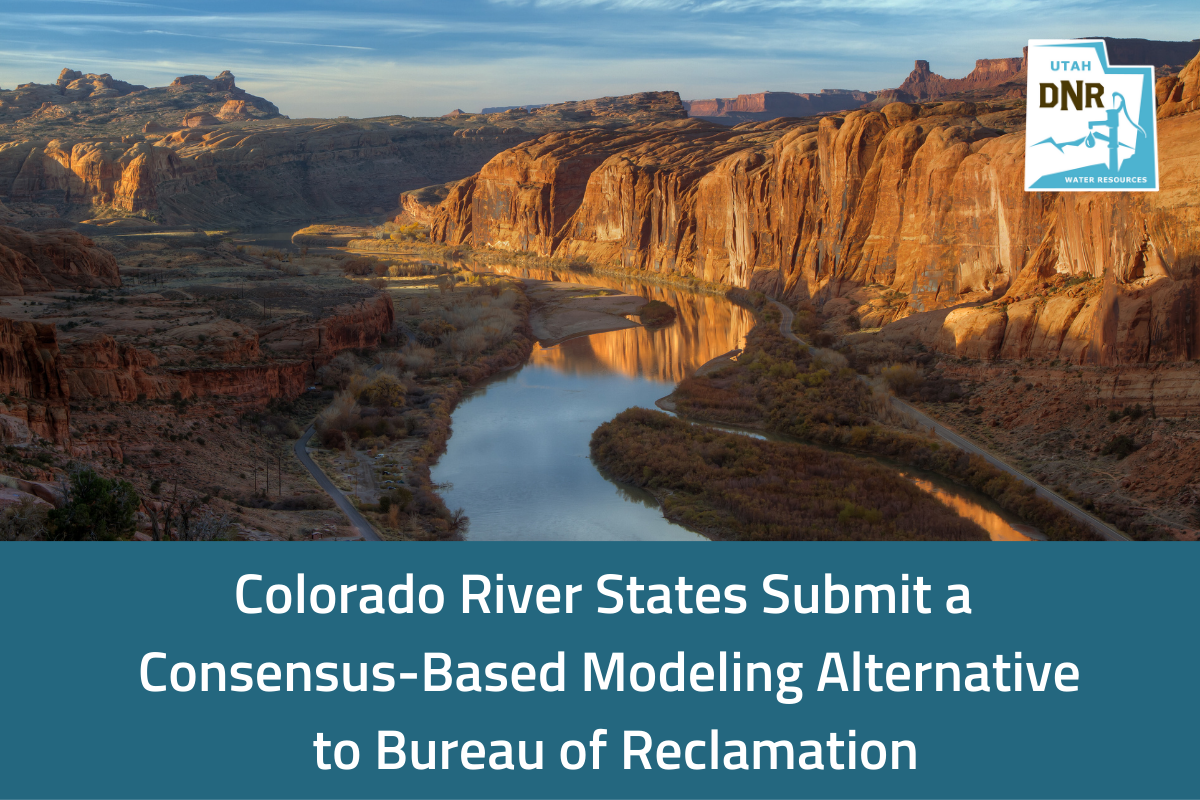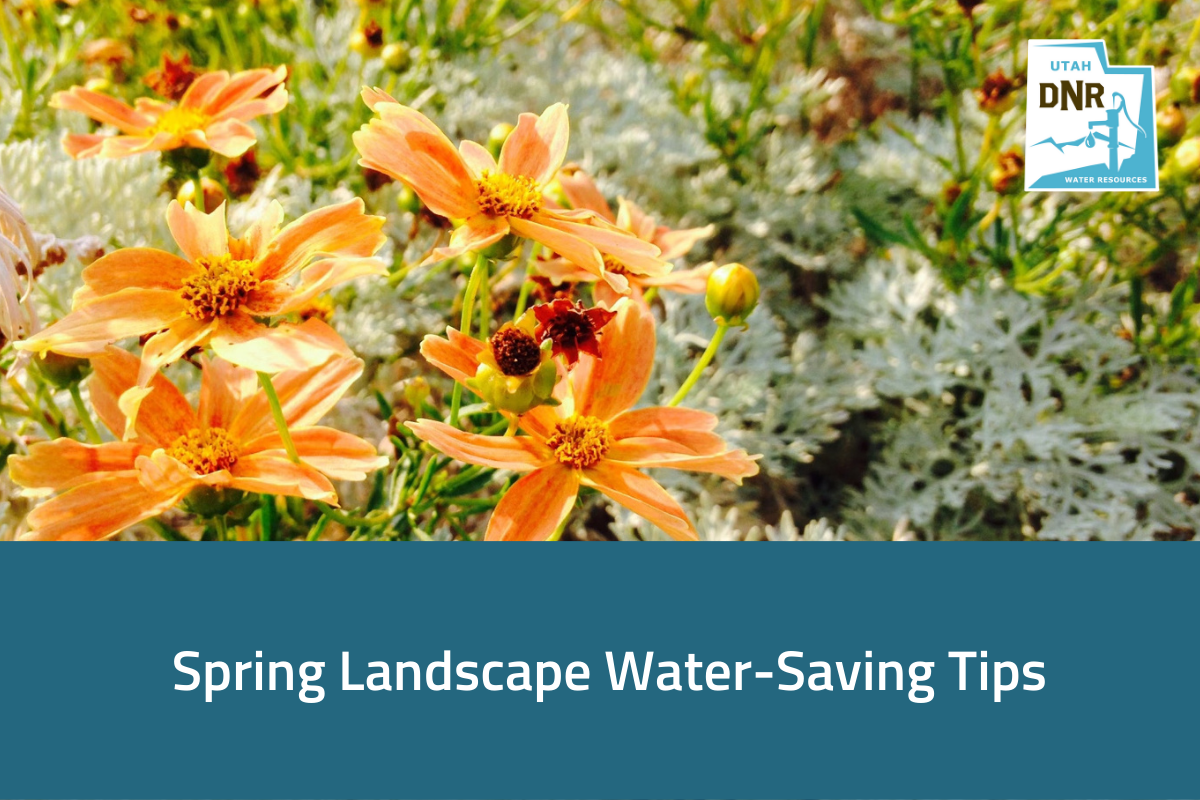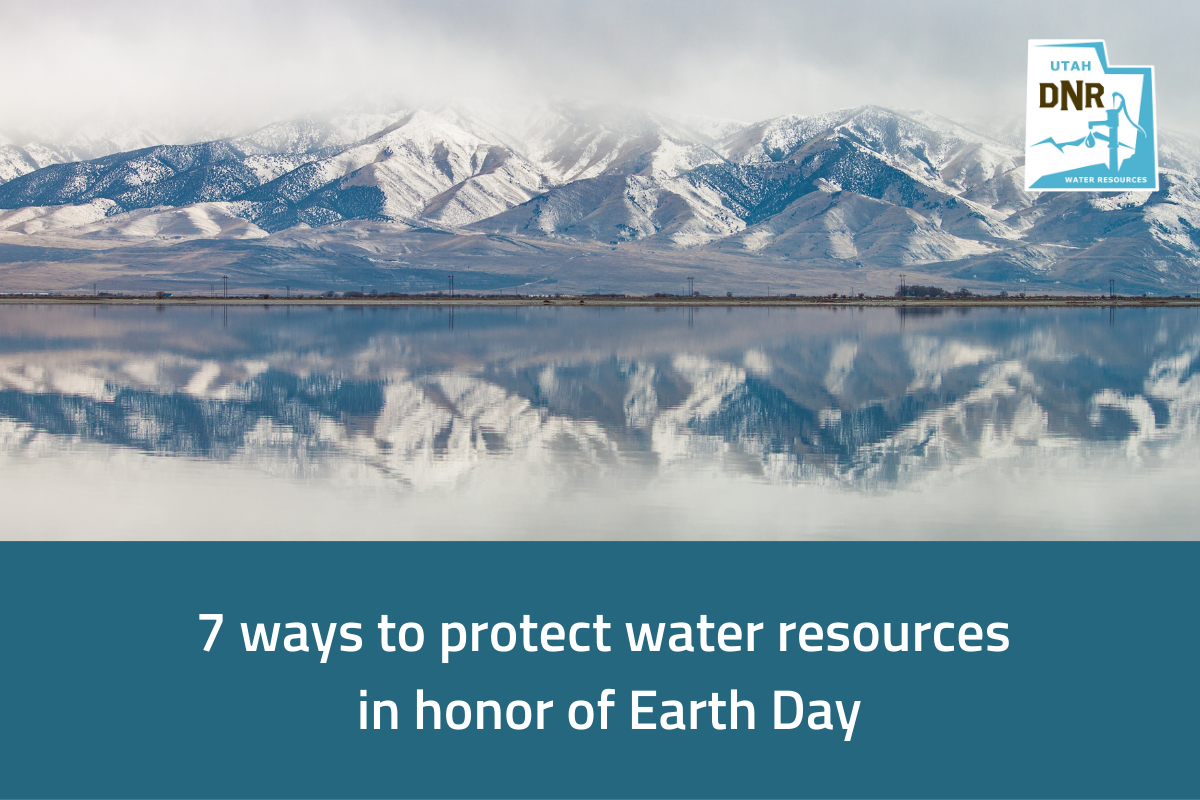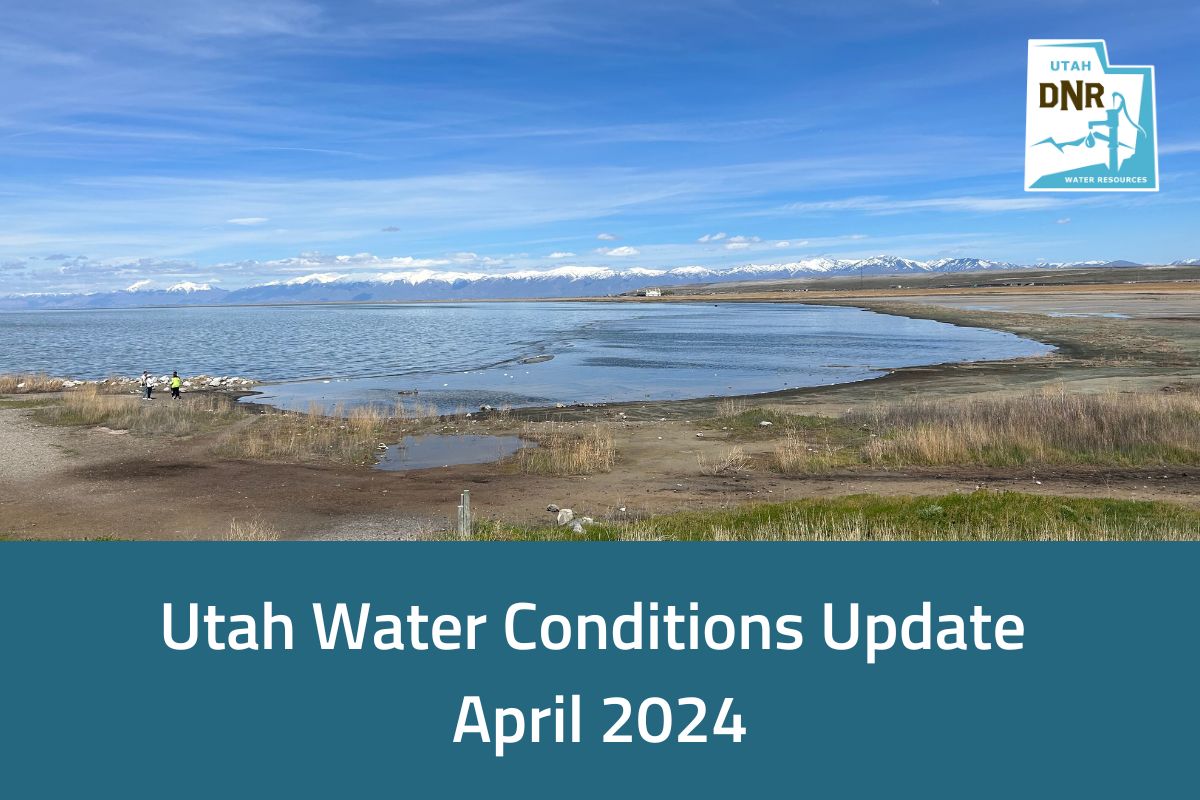Six states reach consensus on criteria for environmental review to help protect lakes Powell and Mead
January 30, 2023 – Today, states sharing the Colorado River submitted a letter to the Bureau of Reclamation (Reclamation) that outlines a Consensus-Based Modeling Alternative for Reclamation to evaluate and incorporate into its development of a Supplemental Environmental Impact Statement (SEIS) to revise current Operating Guidelines (’07 Guidelines) for Glen Canyon Dam at Lake Powell and Hoover Dam at Lake Mead.
Revisions to the ’07 Guidelines are necessary to protect critical elevations and infrastructure within the two reservoirs to ensure the Colorado River system – which has been significantly impacted by more than two decades of prolonged drought exacerbated by clime change and depleted storage – can continue to serve more than 40 million people, approximately 5.5 million acres of irrigated farmland, Basin Tribes, environmental resources, and power production across seven states and portions of Mexico.
The states of Arizona, Colorado, Nevada, New Mexico, Utah and Wyoming jointly submitted the Consensus-Based Modeling Alternative, and the states remain committed to working cooperatively with their local water users, the federal government, other Basin States, Basin Tribes, non-governmental organizations and stakeholders throughout Reclamation’s environmental review and in accordance with the National Environmental Policy Act (NEPA).
While the Consensus-Based Modeling Alternative is not a formal agreement between the Colorado River Basin States, it serves as an alternative framework for Reclamation to analyze in its SEIS process. It provides an approach to help protect Glen Canyon Dam and Hoover Dam infrastructure, water deliveries, and power production to mitigate the risk of either Lake Powell or Lake Mead reaching dead pool.
The Consensus-Based Modeling Alternative includes, but is not limited to, the following modeling criteria for Reclamation to consider and analyze:
• Adjustments to the existing ‘07 Guidelines, including reduced releases from Lake Powell and Lake Mead to ensure the deliverability of water downstream and power production.
• Adjustments to Lower Basin contributions required under Drought Contingency Plan.
• Accounting for more than 1.5 million acre-feet of losses within the Lower Basin that are necessary to protect infrastructure.
• Additional combined reductions of 250,000 acre-feet to Arizona, California and Nevada at Lake Mead elevation 1,030 feet and below.
• Additional combined reductions of 200,000 acre-feet to Arizona, California and Nevada at Lake Mead elevation 1,020 feet and below, as well as additional reductions necessary to protect Lake Mead elevation 1,000 feet.
• Actions outlined within the Upper Basin State’s Drought Response Operations Agreement.
• Additional voluntary conservation measures that take into account hydrologic shortage in the Upper Division States.
“This modeling proposal is a key step in the ongoing dialogue among the Seven Basin States as we continue to seek a collaborative solution to stabilize the Colorado River system,” said Tom Buschatzke, Director of the Arizona Department of Water Resources.
“The CBMA includes the significant and necessary step of assessing evaporation and transit losses against Lower Basin uses. The Lower Basin actions operate in coordination with additional actions in the Upper Basin. We can only save the Colorado River system if we act together. The CBMA approach appropriately distributes the burden across the Basin and provides safeguards for the Tribes, water users, and environmental values in the Upper Basin,” said Becky Mitchell, Colorado Commissioner, Upper Colorado River Commission and Director Colorado Water Conservation Board of the Colorado River Department of Natural Resources.
“While our goal remains achieving a seven-state agreement, developing and submitting this consensus-based alternative is a positive step forward in a multi-phased environmental review process critical to protecting the Colorado River system.” said John Entsminger, Southern Nevada Water Authority General Manager.
“The CBMA is a vital step forward as Reclamation considers new additional actions to operate the Colorado River system for the next few years. We recognize that the process to prepare a proposal in such a short timeframe was imperfect. We need to continue discussions among all 7 Basin States and to engage directly with tribal leaders and others as we prepare to move forward with the components of the CBMA across the Upper and Lower Basin. We have much more to do, but the CBMA is a tremendous step in the right direction.” said Estevan Lopez, New Mexico Colorado River Commissioner.
“The challenge we continue to face is dry hydrology and depleted storage across the Colorado River Basin. The CBMA provides a path forward so that every state can contribute to finding a solution in close collaboration with our Tribes and water users,” said Gene Shawcroft P.E, Utah Colorado River Commissioner.
“The concepts identified in the CBMA are a significant step toward building the consensus necessary to take incredibly challenging but vital actions to address the crisis on the River. We look forward to continuing to work with all the States to build on the CBMA concepts and move forward together,” said Brandon Gebhart, Wyoming State Engineer.
A copy of the Consensus-Based Modeling Alternative is linked here.
Media Contacts:
Arizona Department of Water Resources:
Douglas MacEachern, dmaceachern@azwater.gov, 602-771-8507
Colorado Department of Natural Resources
Chris Arend, chris.arend@state.co.us, 303-264-8615
Southern Nevada Water Authority
Bronson Mack, bronson.mack@snwa.com, 702-822-8543
New Mexico State Engineer’s Office
Maggie Fitzgerald, maggie.fitzgerald@ose.nm.gov, 505-231-7822
Colorado River Authority of Utah
Marty Carpenter, mcarpenter@northboundstrategy.com, 801-971-3601
Wyoming State Engineer’s Office
Brandon Gebhart, brandon.gebhart1@wyo.gov
Upper Colorado River Commission
Alyx Richards, arichards@ucrcommission.com, 801-531-1150
###




